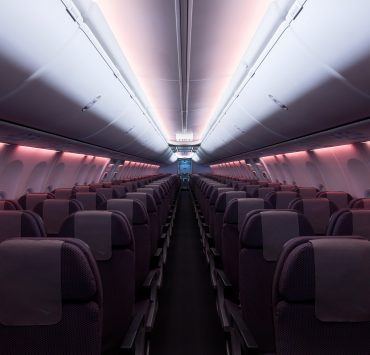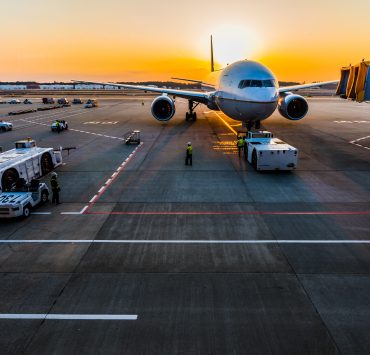
Swedish climate activist Greta Thunberg is leading what is set to be the largest climate change that the Candian city of Montreal has ever seen. Similar marches are taking places in cities around the world including Rome, Munich and Lisbon. The protestors, many of whom aren’t old enough to vote, are calling on governments around the world to commit to reducing carbon emissions to net-zero by 2050.
The sixteen-year-old Thurberg’s presence in Montreal was welcomed by the International Civil Aviation Organisation (ICAO) which is based in the city and is currently holding its 40th triennial general assembly. The UN body has suspended its assembly today to mark the Montreal youth climate strike.
“In the face of the scientific consensus on climate change, it’s important to recognize that everyone has the right and responsibility to reduce their personal carbon footprint,” ICAO said in a statement released yesterday.
“The leadership and staff of Montreal-based ICAO, the UN International Civil Aviation Organization, express their enthusiasm and support for the youth Climate Strike march being led here by Swedish climate change advocate, Greta Thunberg,” the statement continued.
Thunberg has become a vocal supporter of the fast-growing flight shaming movement. At the beginning of todays so-called Climate Strike, Thurnberg urged politicians the world over to “just listen to the science and act on the science.”
ICAO says that international flights currently account for 1.3 per cent of annual greenhouse gases, although when adding domestic flights that figure rises to an estimated 2.5 per cent. While ICAO is encouraged by the fact that modern planes are 80 per cent more fuel-efficient the body is urging more and faster action.
On Wednesday, transport ministers from 24 member states agreed to increase innovation in the aviation sector in a bid to reduce greenhouse emmissions.
Air traffic will grow by 4.3% over the next 20 years
One of the biggest players in the aviation sector, European aerospace giant Airbus believes air traffic will grow by 4.3 per cent every year over the next two decades. Around 39,200 new passenger and cargo aircraft will be required to serve the worlds appetite for air transport up the end of 2039.
In the last few days, a group of Nordic airlines including Finnair, SAS and Icelandair said they were joining an initiative to develop an electric aircraft that would that is “key to solving aviation’s CO2 emission challenge.”
UK-based low-cost carrier easyJet has been developing its own electric plane and is also working with Derwent Booster on what has been called the Dual Drive Booster – a design that will allow airlines to retrofit existing jet engines into what has been likened to a hybrid car by a Toyota Prius.
Mateusz Maszczynski honed his skills as an international flight attendant at the most prominent airline in the Middle East and has been flying throughout the COVID-19 pandemic for a well-known European airline. Matt is passionate about the aviation industry and has become an expert in passenger experience and human-centric stories. Always keeping an ear close to the ground, Matt's industry insights, analysis and news coverage is frequently relied upon by some of the biggest names in journalism.









